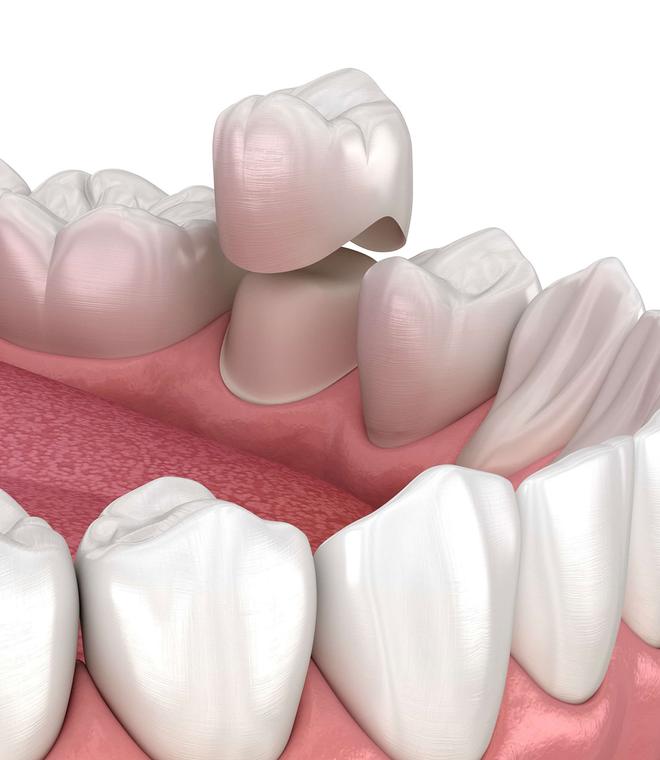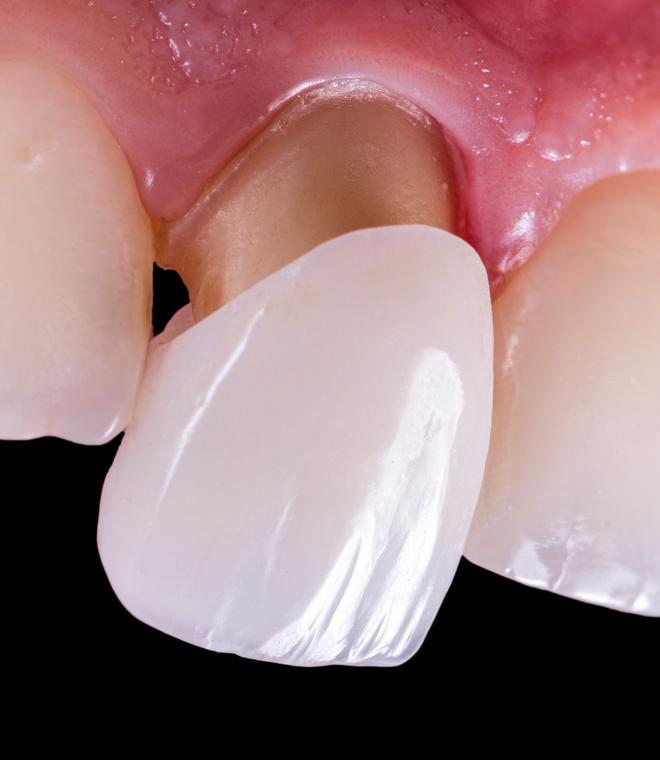What is a Dental Crown?
A dental crown is an ideal aesthetic and functional restoration solution when a tooth has a significant cavity. It entirely covers the existing tooth, providing optimal protection against recurrent decay. Typically made of ceramic, a dental crown is durable and offers a natural appearance.
Advantages and Disadvantages of Dental Crowns
Dental crowns restore the shape, size, strength, and appearance of the tooth. They reinforce the tooth and improve its appearance. However, the use of crowns requires significant preparation of the natural tooth, which is irreversible.
Why Need a Dental Crown?
There are several reasons why you might need a dental crown. This could be to cover a cavity that is too large for a filling, to cover a cracked, worn, or weakened tooth, to protect a tooth after root canal treatment, or to improve the appearance of a discolored or misshapen tooth.

The Process of Placing a Dental Crown
The process begins with taking an impression to create a model of the teeth and bite. The tooth is then prepared by removing the decayed parts. An impression of the prepared tooth is made so that the final crown fits correctly. A temporary crown is placed while the final restoration is being created.
Types of Dental Crowns
There are four types of dental crowns:
-
Ceramic
These crowns are often used for teeth visible when smiling, as they retain the appearance of natural teeth.
-
Porcelain fused to metal
These crowns are known for their strength and durability while allowing for a natural-looking restoration.
-
Gold alloys
They are used when greater strength is needed, particularly for patients who grind their teeth at night.
-
Base metal alloys
They are strong and corrosion-resistant and are often used when the existing tooth structure is less important for supporting the crown restoration.

 Skip site navigation
Skip site navigation
